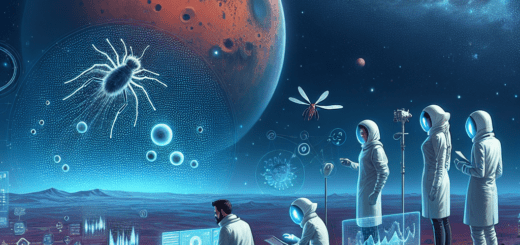Dystopian Futures: How Authors Use Fiction to Explore Real-World Issues
Dystopian futures have long been a popular genre in fiction, with authors using their creative imagination to explore real-world issues in a speculative setting. From George Orwell’s “1984” to Margaret Atwood’s “The Handmaid’s Tale,” dystopian literature has provided a platform for authors to delve into societal, political, and environmental issues that plague our world today.
One of the key ways authors use dystopian fiction to explore real-world issues is by creating a world that is a reflection of our own but taken to the extreme. In these imagined futures, society is often controlled by authoritarian regimes, technology has advanced to a dangerous level, and the environment has been ravaged by human greed and negligence. By exaggerating these aspects of our world, authors are able to shine a light on the consequences of our actions and the potential dangers that lie ahead if we continue down our current path.
Through their exploration of dystopian futures, authors also raise important questions about power, control, and resistance. In many dystopian novels, the protagonist is a rebel who fights against the oppressive forces that seek to control every aspect of their lives. These characters serve as a reminder of the importance of standing up for what is right, even in the face of overwhelming odds. By portraying the struggle for freedom and justice in these bleak worlds, authors inspire readers to question authority and challenge the status quo in their own lives.
Furthermore, dystopian fiction often tackles issues of inequality, discrimination, and social justice. In these imagined futures, society is often divided into strict hierarchies based on factors such as wealth, race, or gender. By highlighting the consequences of such divisions, authors encourage readers to consider the impact of systemic injustice and the importance of fighting for a more equitable world.
In addition to exploring social and political issues, dystopian fiction also delves into environmental concerns. Many dystopian futures depict a world that has been devastated by climate change, pollution, and resource depletion. Through these bleak landscapes, authors warn of the dangers of environmental degradation and the urgent need for action to address these pressing issues.
Overall, dystopian fiction serves as a powerful tool for exploring real-world issues in a compelling and thought-provoking way. By creating worlds that are both terrifying and all too familiar, authors challenge readers to confront the pressing problems of our time and consider the consequences of our actions. Through their imaginative storytelling, they inspire us to imagine a better future and to work towards creating a world that is more just, equitable, and sustainable.













